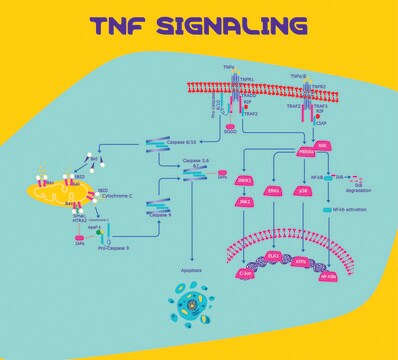P2139
Poli(etilenglicol)
average MN 8,000, hydroxyl
Sinónimos:
PEG
About This Item
Productos recomendados
product name
Poli(etilenglicol), average mol wt 8,000, powder
form
powder
Quality Level
mol wt
average mol wt 8,000
solubility
water: soluble (PEG is soluble in water approximately 630 mg/ml, 20 °C)
density
1.0845 g/mL at 70 °C
1.0689 g/mL at 90 °C
Ω-end
hydroxyl
α-end
hydroxyl
SMILES string
C(CO)O
InChI
1S/C2H6O2/c3-1-2-4/h3-4H,1-2H2
InChI key
LYCAIKOWRPUZTN-UHFFFAOYSA-N
¿Está buscando productos similares? Visita Guía de comparación de productos
General description
Application
PEG can be used for the effective isolation of edible nanoparticles (ENPs) which have excellent anti-cancer and anti-inflammatory activities. PEG is a crowding agent and forms a net-like mesh in which nanovesicles are trapped and precipitated. For example, ginger-derived ENPs are isolated using a PEG-based method which is cost-effective compared to ultracentrifugation.
PEG can be used as a precursor to synthesize degradable hydrogels for the controlled release of hydrophilic and high molecular weight pharmaceuticals.
Features and Benefits
- Highstructural flexibility
- Biocompatibility
- Amphiphilicity
- Highhydration capacity
- Devoidof any steric hindrance
Related product
Storage Class
11 - Combustible Solids
wgk_germany
WGK 1
flash_point_f
Not applicable
flash_point_c
Not applicable
ppe
Eyeshields, Gloves, type N95 (US)
Elija entre una de las versiones más recientes:
¿Ya tiene este producto?
Encuentre la documentación para los productos que ha comprado recientemente en la Biblioteca de documentos.
Los clientes también vieron
Nuestro equipo de científicos tiene experiencia en todas las áreas de investigación: Ciencias de la vida, Ciencia de los materiales, Síntesis química, Cromatografía, Analítica y muchas otras.
Póngase en contacto con el Servicio técnico

